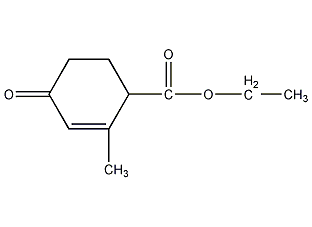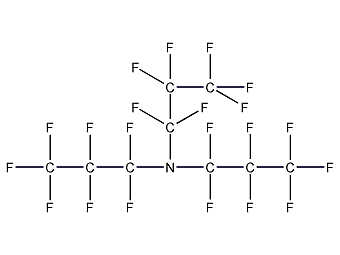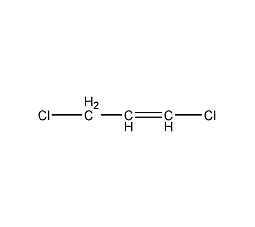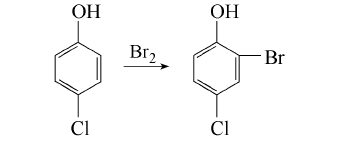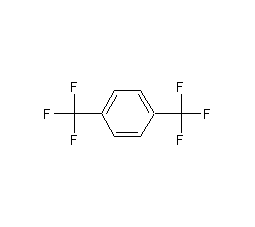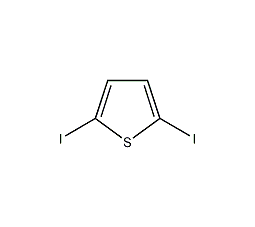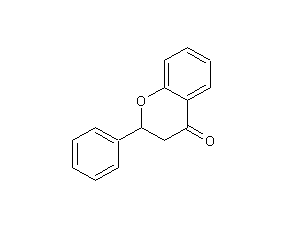4-Methoxybenzyl alcohol


Structural formula
| Business number | 07F9 |
|---|---|
| Molecular formula | C14H14O2 |
| Molecular weight | 214.26 |
| label |
4-Methoxydiphenylmethanol, 4-Methoxydiphenylmethanol, 4-Methoxyphenyl phenyl carbinol, aromatic compounds |
Numbering system
CAS number:720-44-5
MDL number:MFCD00014398
EINECS number:211-953-9
RTECS number:None
BRN number:3202445
PubChem ID:None
Physical property data
1. Characteristics: white crystalline powder
2. Density (g/mL,25/4℃): Undetermined
3. Relative vapor density (g/mL,AIR=1): Undetermined
4. Melting point (ºC):65 -68
5. Boiling point (ºC,Normal pressure): Undetermined
6. Boiling point (ºC,5.2kPa): Undetermined
7. Refractive index: undetermined
8. Flash Point (ºC): Undetermined
9. Specific optical rotation (º): Undetermined
10. Autoignition point or ignition temperature (ºC): Undetermined
11. Vapor pressure (kPa,25ºC): Undetermined
12. Saturated vapor pressure (kPa,60ºC): Undetermined
13. Heat of combustion (KJ/mol): Undetermined
14. Critical temperature (ºC): Undetermined
15. Critical pressure (KPa): Undetermined
16. Oil and water (octanol/Log value of partition coefficient (water): undetermined
17. Explosion limit (%,V/V): Undetermined
18. Lower explosion limit (%,V/V): Undetermined
19. Solubility: Undetermined
Toxicological data
None yet
Ecological data
Normally hazardous to water. Do not discharge material into the surrounding environment without government permission.
Molecular structure data
1. Molar refractive index: 63.78
2. Molar volume(m3/ mol):191.0
3. isotonic ratio(90.2K):490.3
4. Surface Tension(dyne/cm):43.3
5. Dielectric constant:
6. Dipole moment(10 -24cm3):
7. Polarizability: 25.28
Compute chemical data
1. Reference value for hydrophobic parameter calculation (XlogP): None
2. Number of hydrogen bond donors: 1
3. Number of hydrogen bond acceptors: 2
4. Number of rotatable chemical bonds: 3
5. Number of tautomers: none
6. Topological molecule polar surface area 29.5
7. Number of heavy atoms: 16
8. Surface charge: 0
9. Complexity: 191
10. Number of isotope atoms: 0
11. Determine the number of atomic stereocenters: 0
12. Uncertain number of atomic stereocenters: 1
13. Determine the number of chemical bond stereocenters: 0
14. Number of uncertain chemical bond stereocenters: 0
15. Number of covalent bond units: 1
Properties and stability
Stable under normal temperature and pressure, avoiding oxides Thermal Contact
Storage method
Seal Refrigerated
Synthesis method
None yet
Purpose
None yet
